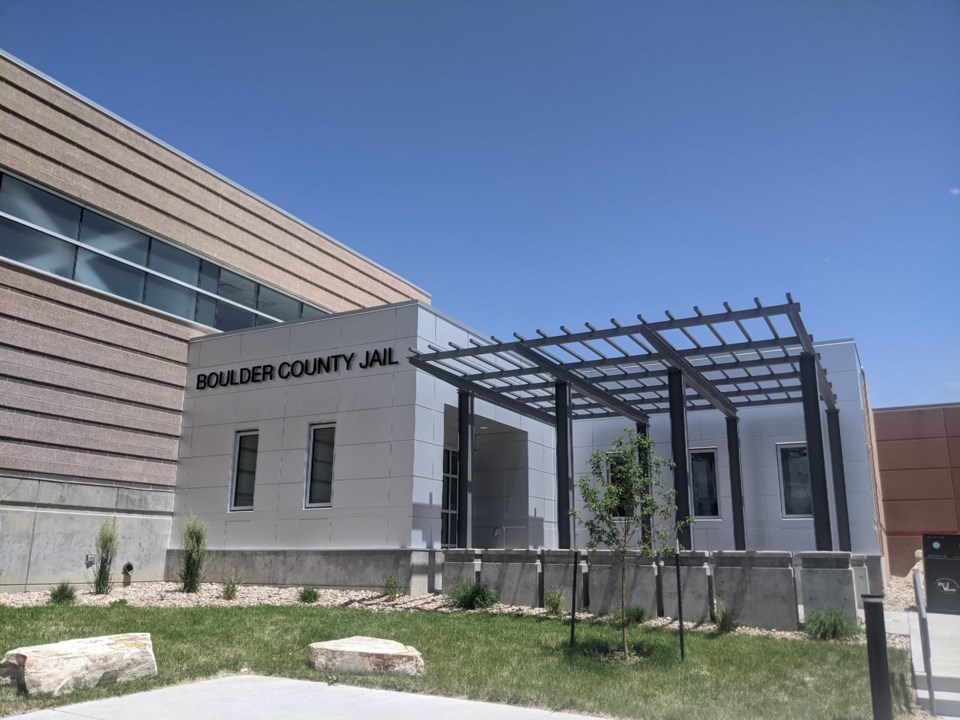The Boulder County Jail continues to train and evaluate its responses to emergencies, including reviewing critical incidents with inmates.
Last year, two inmates died at the Boulder County Jail within two months of each other — Kip Zwickel, 54, on Sept. 9 and Avery Borkovec, 22, on Nov. 4.
The Boulder County Coroner’s Office found that Zwickel died from methamphetamine intoxication with heart disease as a contributing condition. Borkovec died as a result of sepsis, with contributing conditions of heart disease and chronic substance use, according to his autopsy report.
In both cases, jail staff attempted resuscitative efforts including CPR and use of an AED, according to press releases from the Boulder County Sheriff’s Office, but were unsuccessful.
As per policy, the Boulder County Sheriff’s Office reviewed the incidents, explained Melanie Judson, the jail’s health services administrator.
“All that is documented and put into a summary report, and that report is reviewed by all of the command staff,” she said. “We determine at that time, do we need to make any changes? Is there any additional training that needs to happen?”
The jail often deals with several emergencies a day, according to Judson, though few end in death. Incidents like a fight, seizure, accidents, self harm, cardiac events and overdoses all require emergency responses.
On top of dealing with these incidents regularly, staff also have to navigate the challenges that come with a jailed population. For example, someone experiencing withdrawal from opioids might fake a seizure or purposely harm themselves in an attempt to receive more drugs.
“What makes it a challenge in this population is that the nurses have to get very good at assessing actual emergencies,” Judson said. “So they make sure to get a good set of vital signs, they’re looking at the injury and determining, is this critical? Does this need to go out to the hospital? Is this something that can be treated in our clinic?”
When treating patients in an emergency at the jail, safety is also a critical component.
“In responding to an emergency, medical (staff) may not even be able to get to the patient if the scene isn’t safe,” Judson said.
To prepare for these types of incidents, deputies and nurses are trained in CPR, first aid and dispensing Narcan, a medication that reverses opioid overdoses. Staff also have knowledge in tactical combat casualty care and take part in annual mock drills.
“We work very hard here to make sure everybody feels safe and knowledgeable and able to respond to emergencies,” she said. “As a matter of fact, most of the time when CPR is started, it is started by the deputy before the nurse even arrives, so there’s no delay in treatment.”
In those situations, AMR ambulances are contacted immediately and typically arrive within minutes.
“I’m usually pretty impressed with the emergency response, and the competency of all our staff to be effective in that response,” Judson said.
When inmates do need to go to the hospital, extra steps have to be taken to ensure they remain in custody and that medical personnel remain safe. At least one deputy stays with the inmate, who is restrained in some way.
“There has to be a deputy with them at all times, and there’s definitely security risk to make sure not only that AMR is safe, the nurses are safe, but that they remain remanded within custody,” Judson said.


